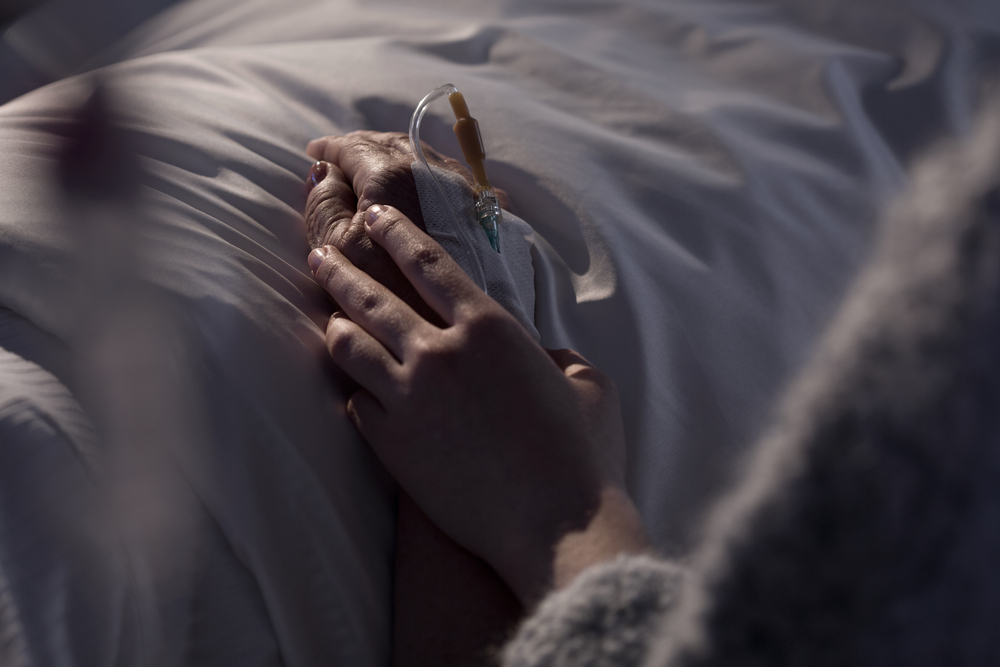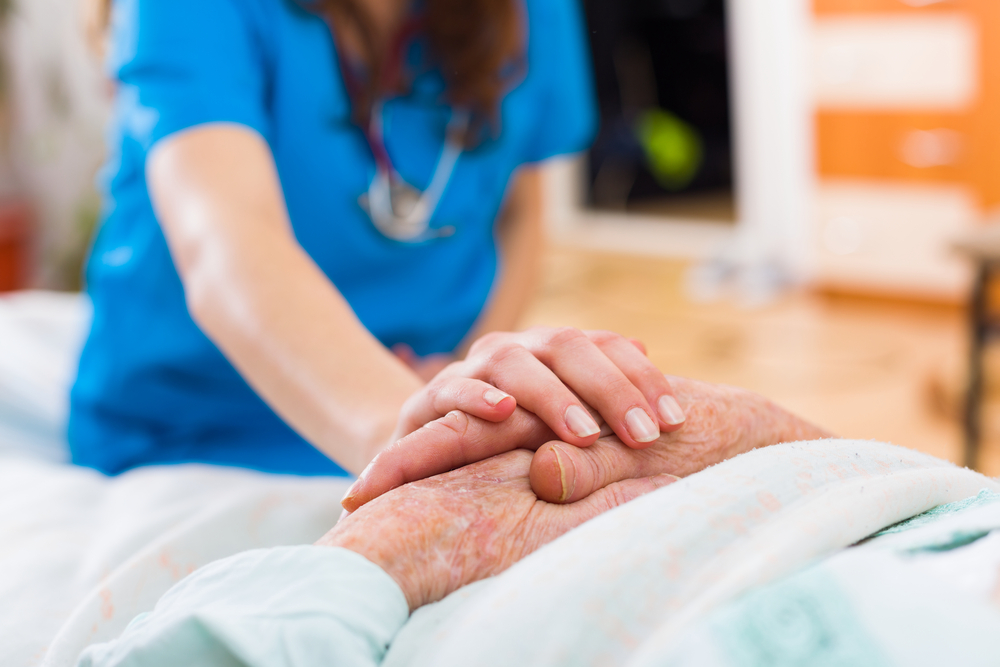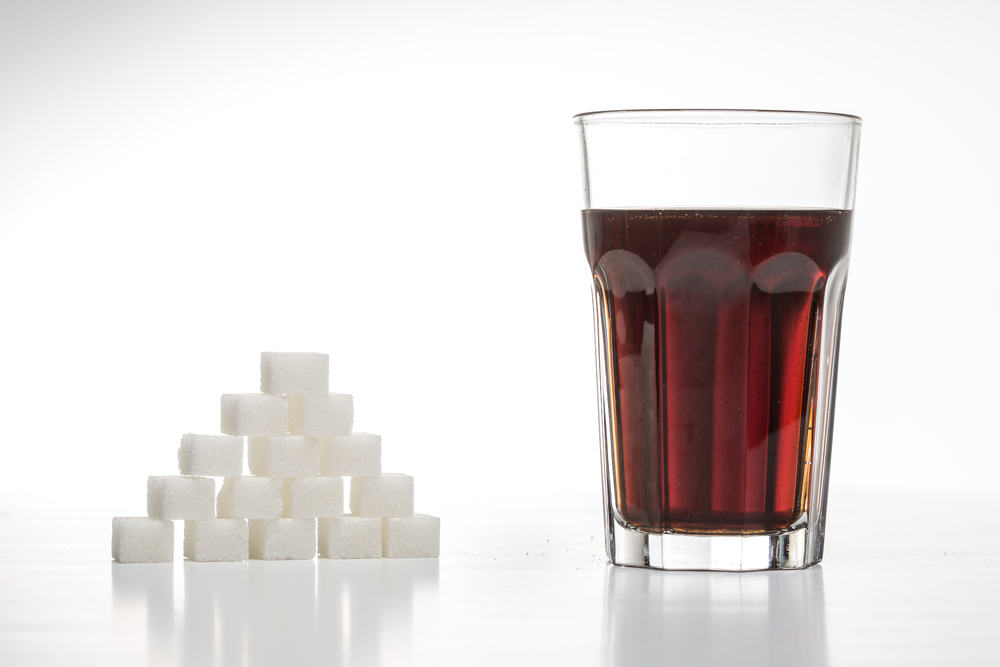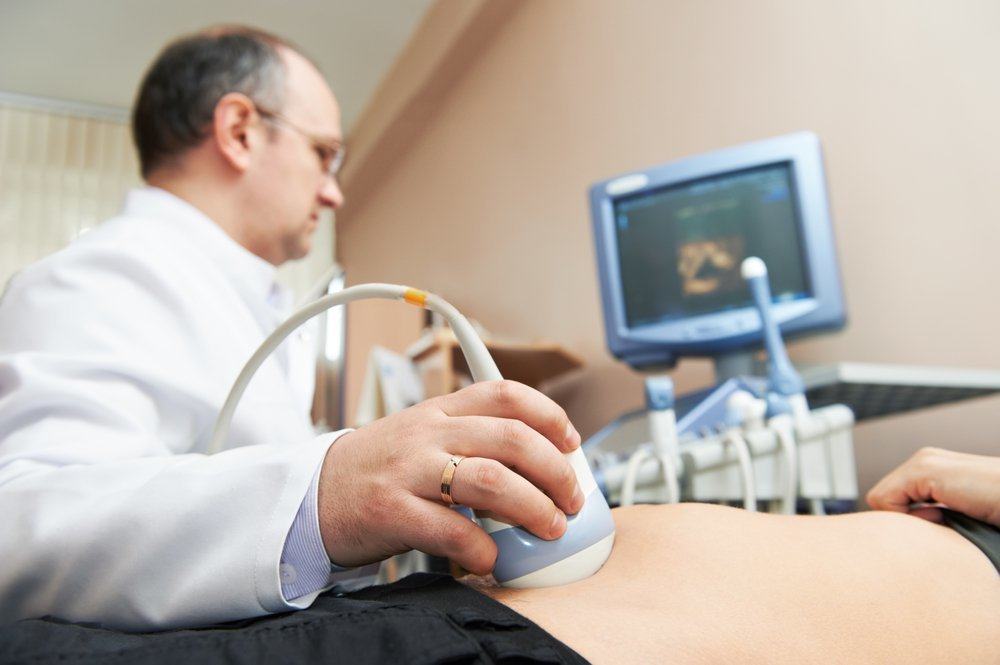Contents:
- Medical Video: Signs of Approaching Death
- Signs of someone's physical change towards death
- Changes in the heart and the body's circulatory system
- Decreased function in the urinary system
- Changes in appetite
- Changes to the skin
- Respiratory system disorders
- Changes that occur as a whole when someone is in the phase before death
Medical Video: Signs of Approaching Death
Near death, the body generally experiences various changes that are usually seen physically. It is important to know the signs, so that families and people left behind can be more mentally prepared. Even though in practice, accepting the fact that your loved one will leave you soon will never get you ready.
However, by knowing its physical characteristics, you and your family can do treatment that can relieve when your loved ones experience it.
Signs of someone's physical change towards death
Not all people who die experience these characteristics, especially people who die suddenly. However, these characteristics are common signs that usually occur in people who are approaching death.
Changes in the heart and the body's circulatory system
1. Blood flow slows down
Because blood flow is problematic, the skin will look like mottled and discolored. Bluish spots and colors on the skin seen at the top of the body, which are from the hips to the head, characterize closer signs of death compared to changes seen in the lower part of the body.
If you see this feature, try to provide care for the affected skin, for example by providing moisturizers. In addition, you can also ask if your loved one has certain inconveniences so you can do the right treatment according to the complaint.
2. Decreased blood flow in the cerebral brain
This condition results in a person experiencing a decrease in level of consciousness. In addition, this condition also makes a person feel drowsy continuously and sometimes experiences disorientation (absent-minded). If your loved one experiences this, then let him rest. However, keep an eye on his condition, who knows he needs help.
3. Decrease cardiac output and fluid volume in blood vessels
In this condition a person sometimes experiences tachycardia, or a heart rate above normal when resting. If a normal person beats 60-100 times per minute, people who experience tachycardia are generally more than 100 beats per minute. In addition, this condition also results in a person experiencing hypotension or low blood pressure which can lead to organ failure.
Decreased function in the urinary system
In this condition, a person may experience urinary incontinence (bedwetting). You need to keep your loved ones clean and dry. Wear diapers to avoid changing pants too often which might make it uncomfortable.
Changes in appetite
1. Don't eat
In this condition, usually people who are seriously ill will experience a decrease in appetite and drink. This will result in weight loss and dehydration. If someone experiences this, don't force him to eat or drink. However, keep an eye on food and liquid intake to keep it fulfilled.
2. Having trouble eating
Usually someone in this situation will experience some difficulties when eating like food is not swallowed, choked, and coughed after eating. The solution, you can give your loved one to eat soft foods or mashed foods so that the food is easier to digest.
Changes to the skin
1. Changes to the skin can be spots or discoloration
Usually, greenish or dark red spots appear behind the arms or legs. You need to keep the sheets clean and dry to keep the skin clean. In addition, you can also apply the lotion that the doctor recommends to alleviate these symptoms.
2. Decubitus wounds
Decubitus wounds are the points of pain that appear on the body due to too much pressure that occurs in one particular area. Red spots that appear on bone protrusions are the first sign of pressure sores. Relieving pressure on the wound by tilting the patient's body can be a solution. If your loved one experiences an increase in pain or discomfort with a change in position, you can ask him which position makes him comfortable.
Respiratory system disorders
1. There is retention of secretions in the pharynx or upper respiratory tract
Usually it is characterized by a noisy breathing sound even though it is not experiencing a cough. Sleeping with your head tilted can be one solution. You can also put a small, soft pillow on the back of the neck to block his head.
2. Shortness of breath
If your loved one experiences this, then you can give oxygen as a breathing aid.
3. Experiencing cheyne-stokes respirations
This term is used to describe a very irregular breathing pattern. Sometimes breathing can be very deep and fast, but then it is very shallow and slow. Even someone who is experiencing this condition can experience respiratory arrest for some time. Often this condition lasts from 30 seconds to 2 minutes.
Directing the fan, the wind is not too strong towards the patient can help relieve the symptoms that are felt. The family also needs to know that this condition is normal in critical periods before death.
Changes that occur as a whole when someone is in the phase before death
Overall, someone who is in this phase will look very weak and tired. As a result, the person will sleep for a longer period of time. In addition, a person will also experience confusion over time, the environment, even the people closest to him. Sometimes, even patients can look like people who are in a coma.
Not infrequently, someone who is in this phase will also say that he meets people who have died or come to foreign places that are not usually seen by others. The family may assume that this is merely hallucinations due to drug reactions. However, things need to be realized that this condition is normal.













